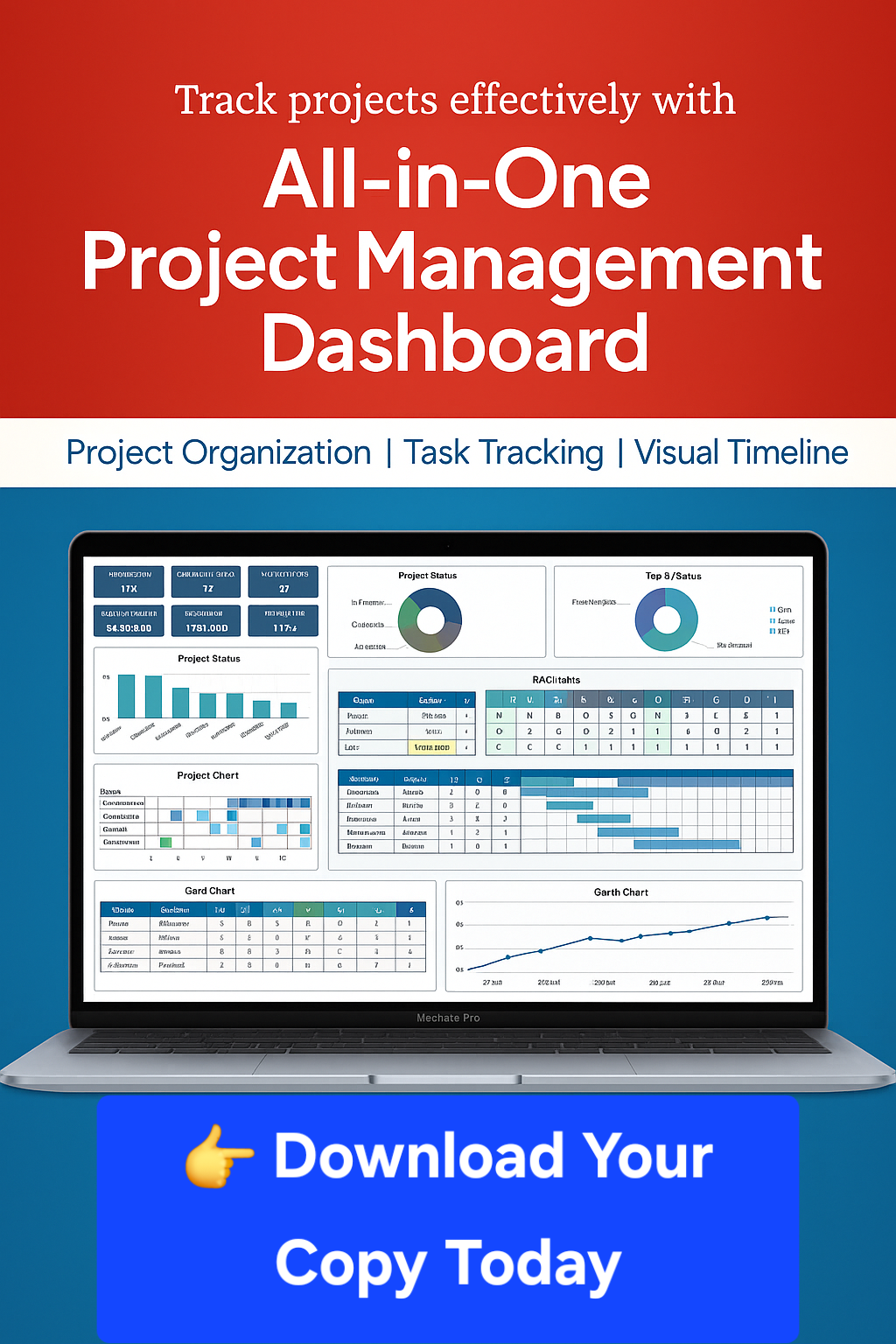Description
This is the #5 course in the specialization on management consulting. In the previous 4 courses, we’ve learned how consultants break down problems with tools and logical thinking. Now, it’s time to bring all the parts together into consulting-quality presentations and deliverables. Every consulting project is different, and yet, the final presentation will have many of the same elements:
• Clear alignment among the stakeholders on the project goals
• Understanding on the consulting approach, assumptions, and decisions
• Thoughtful progression of ideas that “brings the audience along”
• Well-constructed PowerPoint slides (or excel model) which tell a clear story
• Impactful use of graphs, tables, data visualization
• Persuasive and authoritative delivery style
What you will learn
Consulting Proposals and Statements of Work
Management consultants are master storytellers because they understand their audience, don’t over-promise, and know how to “sell without selling”. If you want to see a great deliverable, start by looking at a project proposal; the consultants cautiously scope the problem without over-promising, but also demonstrating enough professional credibility to keep the client interested. They collaborate with clients to create a statement-of-work (SoW) that outlines a lot of benefits, but also sets accountability and expectations. Artwork.
Storytelling and Storyboarding
We are all biologically “wired” for storytelling because our ancestors told stories long before there was a written language. So it’s no surprise that client executives (and their organizations) need to understand the “so what” of consulting recommendations. Real change management needs to satisfy the head, heart, and the hands: 1) Satisfy the client’s intellectual questions (head) 2) Reduce the client’s fears and give them courage (heart) 3) Provide a thoughtful plan and actionable steps (hands)
Pyramid Principle and Storytelling Frameworks
Business executives are pulled in multiple directions; they are busy, expensive, and often impatient. Final presentations need to start with the executive summary, where you provide the “answer first”, then give supporting analyses.
Good (and Bad) Data Visualization
Effective data visualization is both an art and a science. An art because a seasoned data scientist, designer, or consultant can select the right chart form for the message. A science because there are many design principles to remember when making charts: a) keep it simple b) consider the audience c) reinforce the key message.







